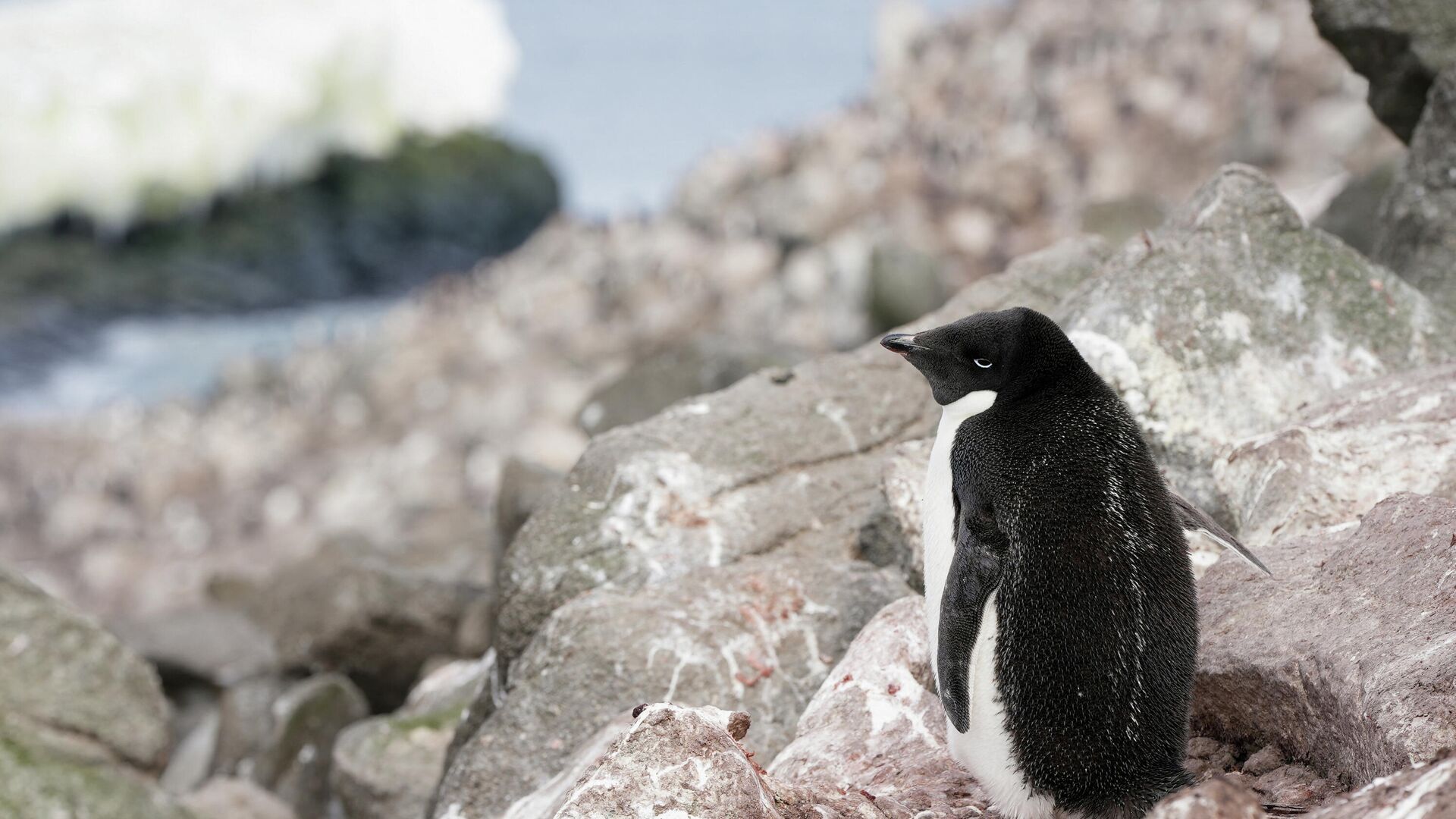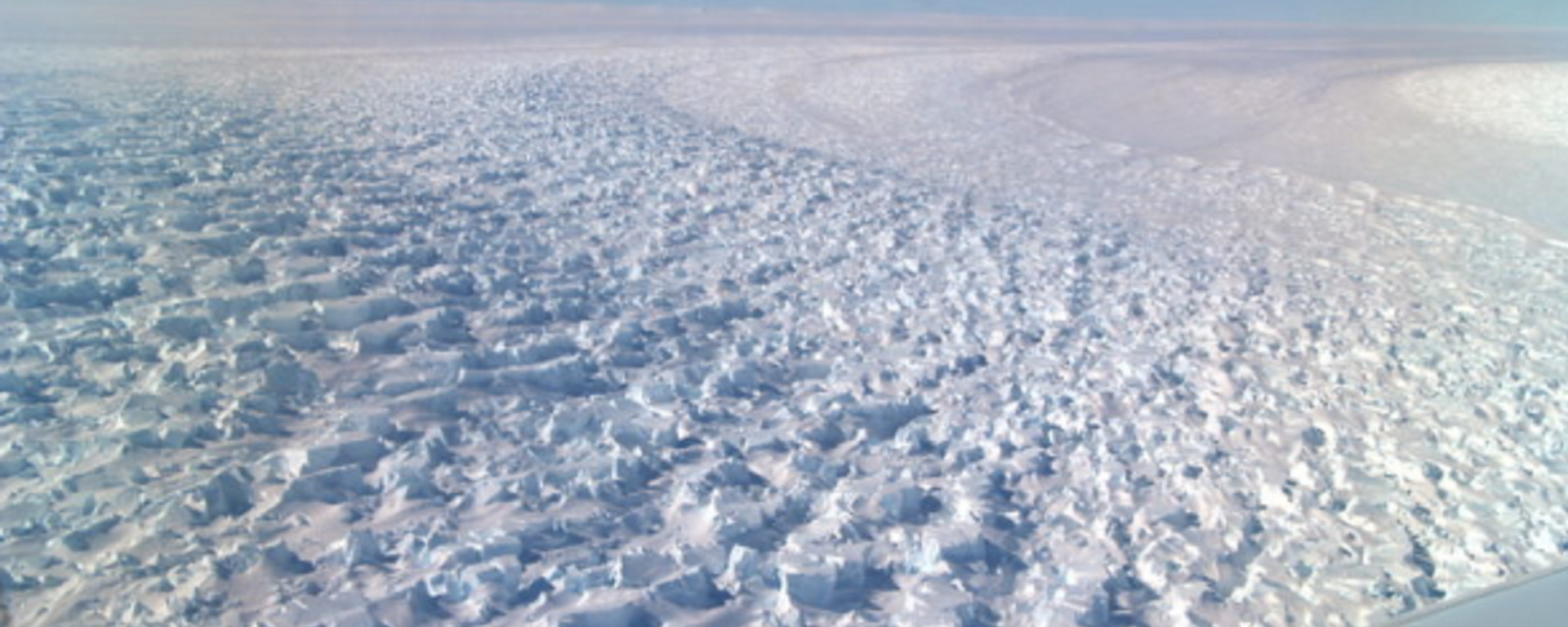Scientists Call for Legal Protection of Antarctica's Weddell Sea From Human Exploitation

© REUTERS / NATALIE THOMAS
Subscribe
Because much of the southern section of the sea is covered by a permanent, huge ice shelf field, the Weddell Sea is nearly impassable to human exploration. However, thanks to global warming and active fishing in the regions bordering Antarctica, the ecosystems of one of the most mysterious seas on the planet are rapidly changing.
Scientists and conservation activists, who have been campaigning for years to turn the Weddell Sea into the world's largest protected maritime area, given its total area of roughly 2.8 million square kilometers, have recently reiterated their call, Reuters reported.
The development reportedly comes as countries have so far failed to reach an agreement, potentially jeopardizing this pristine habitat and unique wildlife populations, long protected by its inaccessibility and relatively steady climate, for generations to come.
"It's urgent that we put in place an ocean sanctuary so that the expansion of industrial krill fishing does not add an additional pressure onto these populations as they try and build resilience to the climate crisis," said Louisa Carsen, a Greenpeace seas campaigner.
According to a researcher in polar ecology, Alex Borowicz, the harsh conditions of the Weddell Sea can lead to a ship crash, "like what happened to Ernest Shackleton with the Endurance."
"There’s ice drifting all over the place with unpredictable winds, unpredictable weather patterns so finding your way through the sea ice, the tabular icebergs is the challenge that you have to face when you’re coming to do research on a place like this," he explained.
Borowicz, who is part of a team from Stony Brook University in the US, is seeking to address one of the reasons for the Marine Protected Area (MPA) designation's delayed progress: a scarcity of data on what actually lives in the Weddell Sea. He noted that the MPAs are "crucial for conserving species around the planet in the ocean."
"But in order to understand where we should place these MPAs and what we're actually protecting, we need to do science on the ground first. That's why we're in a place like this, a penguin colony, to understand change and what's here already so that we can protect the species where they need it most," he added.
The Adelie penguins are said to be of great interest to the team. These penguins prefer colder climates, and their populations have suffered as a result of the Antarctic's rapid warming. If their populations in the Weddell Sea remain stable, it will provide more momentum for the MPA, which was first suggested by the EU in 2013.
According to Carsen, the world's governments over the course of the past years have failed to establish an ocean sanctuary in the Weddell Sea. She then stressed that "this cannot be another year of delay and continued harm to penguin populations and other wildlife here in the Antarctic."
Once awarded, all fishing in the area would be prohibited, according to the researchers, helping to protect animals such as penguins, blue whales, killer whales, and yet-to-be-discovered species.
In the Weddell Sea, scientists reportedly uncovered a massive icefish colony with 60 million nests earlier this month. According to researchers, it is the world's largest known fish breeding region.
"At the end of the day, it's the role of policymakers to decide what's most important, what sort of values motivate the creation of a protected area, and we can talk about what's going to happen to penguins. But whether that matters is up to the rest of the world," Borowicz concluded.
Scientists determined earlier that the Weddell Sea possesses the purest water of any sea. And according to an AFP report upon new research published earlier this month, a massive iceberg that broke away from the continent in 2017 spilled the equivalent of 61 million Olympic-sized swimming pools of fresh water as it melted, raising concerns in the scientific community.
When it parted from the Larsen ice shelf, which has warmed faster than any other region of Earth's southernmost continent, the huge iceberg was twice the size of Luxembourg in Europe. The trillion-tonne iceberg, known as A-68, reportedly wandered close to home in the frigid waters of the Weddell Sea for two years before heading north and threatening the British island of South Georgia, some 4,000 kilometers away.
In the warmer zone surrounding South Georgia, the iceberg melted swiftly and had already lost a large amount of its volume by the time it reached shallower seas, according to the report.

